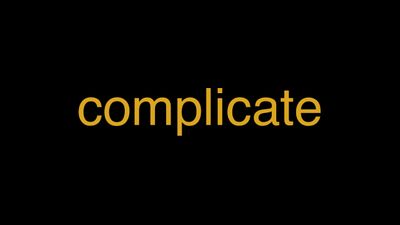

These findings guide which normalization and differential abundance techniques to use based on the data characteristics of a given study.Īlthough data produced by high-throughput sequencing has been proven extremely useful for understanding microbial communities, the interpretation of these data is complicated by several statistical challenges. DESeq2, without addition of a constant, increased sensitivity on smaller datasets (20 samples per group) but also critically the only method tested that has a good control of false discovery rate.

For groups with large (~10×) differences in the average library size, rarefying lowers the false discovery rate. Our simulation studies suggest that the false discovery rates of many differential abundance-testing methods are not increased by rarefying itself, although of course rarefying results in a loss of sensitivity due to elimination of a portion of available data. Alternate normalization measures are potentially vulnerable to artifacts due to library size.Įffects on differential abundance testing: We build on a previous work to evaluate seven proposed statistical methods using rarefied as well as raw data. Rarefying more clearly clusters samples according to biological origin than other normalization techniques do for ordination metrics based on presence or absence. ResultsĮffects on normalization: Most normalization methods enable successful clustering of samples according to biological origin when the groups differ substantially in their overall microbial composition. Here, we evaluate how these challenges impact the performance of existing normalization methods and differential abundance analyses. Because the compositional data are constrained by the simplex (sum to 1) and are not unconstrained in the Euclidean space, many standard methods of analysis are not applicable. Second, because the relative abundance of taxa in the specimen (as well as in the ecosystem) sum to 1, these are compositional data. Because the comparison of taxon relative abundance in the specimen is not equivalent to the comparison of taxon relative abundance in the ecosystems, this presents a special challenge. Although we are typically interested in comparing relative abundance of taxa in the ecosystem of two or more groups, we can only measure the taxon relative abundance in specimens obtained from the ecosystems. In particular, library sizes often vary over several ranges of magnitude, and the data contains many zeros. Data from 16S ribosomal RNA (rRNA) amplicon sequencing present challenges to ecological and statistical interpretation.


 0 kommentar(er)
0 kommentar(er)
